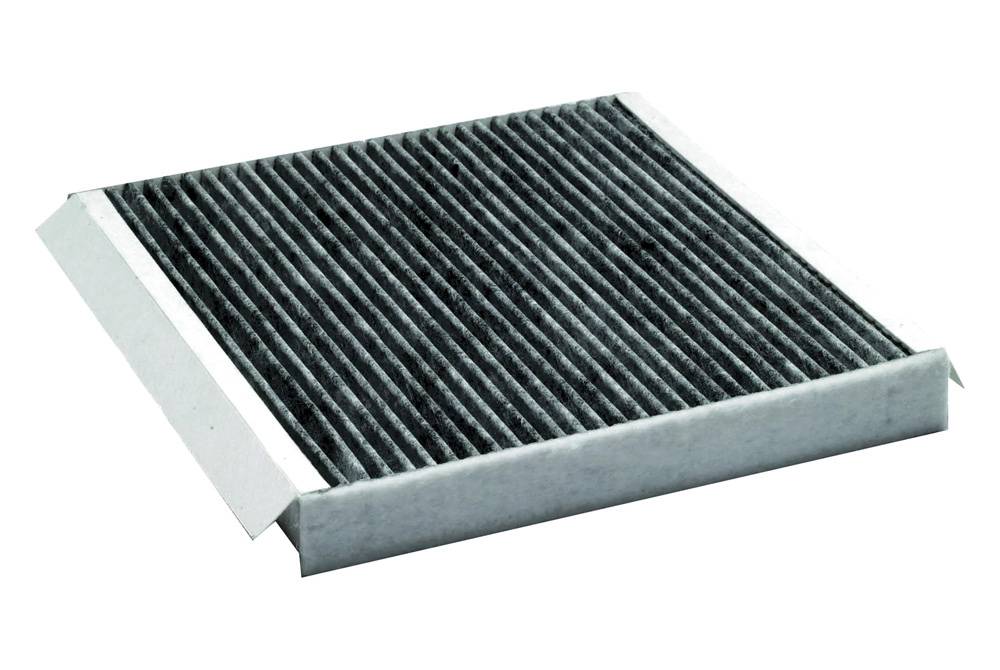Do you know that every vehicle has an engine air filter that cleans the air going into the engine, but not all have a cabin air filter that cleans the air going into the passenger compartment? It is easy to get these two kinds mixed up. Much of the confusion starts because cabin air filters are relatively new. The fact, many air conditioning systems in cars that are built after the year 2000 have a cabin air filter inside of them. You know, it’s ironic that many people don’t realize they even have a cabin air filter first find out they do when it starts to get smelly. Some people confuse their cabin air filter with the engine air filter.
The cabin air filter prevents dust, pollen, and other debris from entering the passenger compartment through the climate control (HVAC) system and ensures that the air flowing in is uncontaminated. While engine air filters are used to filter and clean outside air before it get sucked into a car engine and burned along with fuel to produce combustion.
Studies conducted over the past two decades demonstrate a higher risk for the passengers inside a car from the exposure to the dangerous air pollutants than that of bicyclists, pedestrians and public transfer riders. These dangerous air pollutants include respiratory irritants, neurological agents, volatile organic compounds (VOCs), carbon monoxide and carcinogens, which pose a threat to our health. It is the car air filter’s job to purify the air, filter out these pollutants and provide us with healthy and clean air to breathe.
An engine air filter is an important part of a car’s intake system, because it is what allows the car to ‘breathe.’ Without it, the air is directly sucked into engine’s air intake plenum and combustion chambers. And then you run the risk of dust, dirt and debris quickly fouling up the engine, causing poor performance and potentially shortening the life of the car. In addition, modern engines rely on an exact mixture of fuel and air in order to run. When the engine is starved of air, the fuel mix is said to run too ‘rich,’ which in effect puts added strain on the engine and greatly affects your fuel economy.
Automotive air filters come in four main types regarded to the different materials they are made of. Amongst, paper filters are the standard and the most commonly applied. This is largely due to its low cost and disposable property. However, it leads the ones which need to be replaced more often. We also have oil bath filters, foam filters and cotton filters. Oil bath filters were standard before paper filters were introduced. Nowadays, they have faded from the stage. Foam filters have a very high dust absorbing capacity and are used for high performance filtration. Thus, they have become popular for vehicles that frequently drive on dirt roads and in off-road motor sports. Cotton on the other hand, is regarded as the best material for filtration. Furthermore, cotton air filters can be used again after cleaning and re-oiling. However, they cannot be used at different environments and used in a limited number, such as sport and racing cars.

What you don’t know about your automotive air filters
by
Tags:
